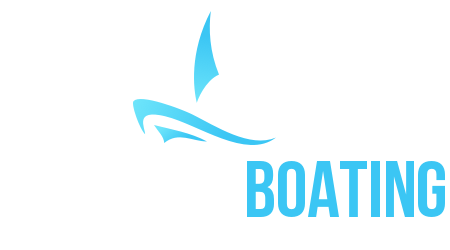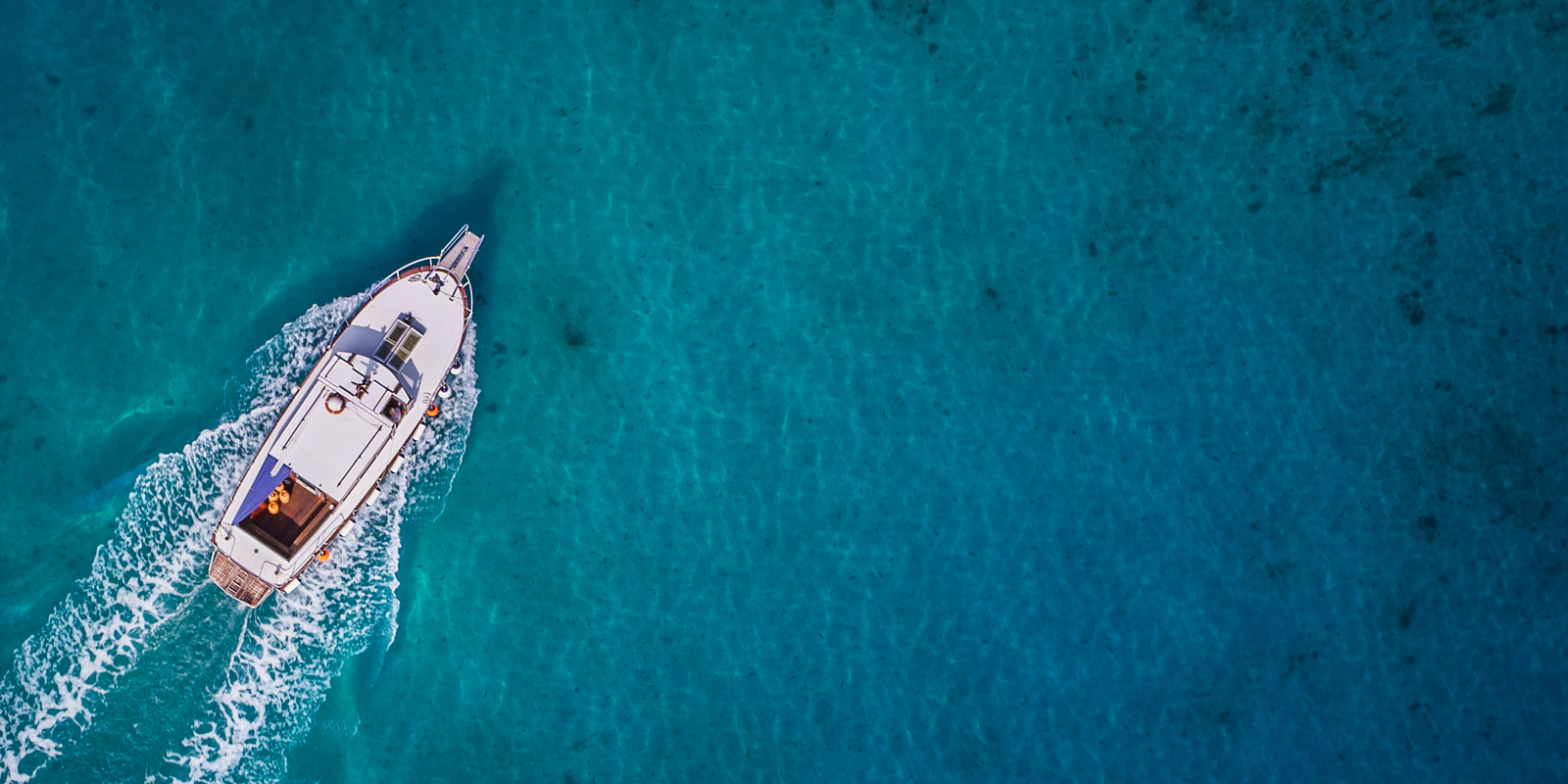A Step-by-Step Guide
So: you haven’t owned a boat before, but after discovering that the boating lifestyle is totally awesome (we agree!) you’ve found the ideal boat for you and your family. Now you’re probably thinking that your next big challenge will be learning how to drive that boat—and you’re right—but don’t let the prospect feel daunting.
Remember the first time you sat behind the wheel of a car? You may have experienced a bit of trepidation then, too. But you probably got over it in short order, and driving became second nature before you knew it. In all likelihood, you’ll have a similar experience as you learn how to drive your boat.
Remember that each state has different laws relating to driving a boat. Most will require that you have a boat licence. It is also recommended that as part of the process of getting your boat licence, you consider one of the many boat licence schools who combine theory with practical lessons.
Here are some of the basics when it comes to learning how to drive a boat.


